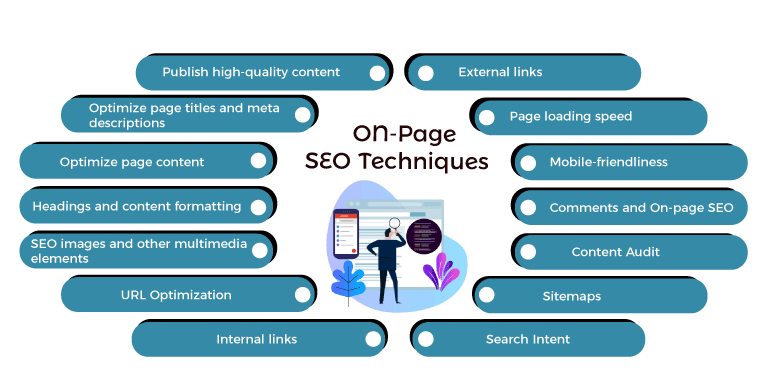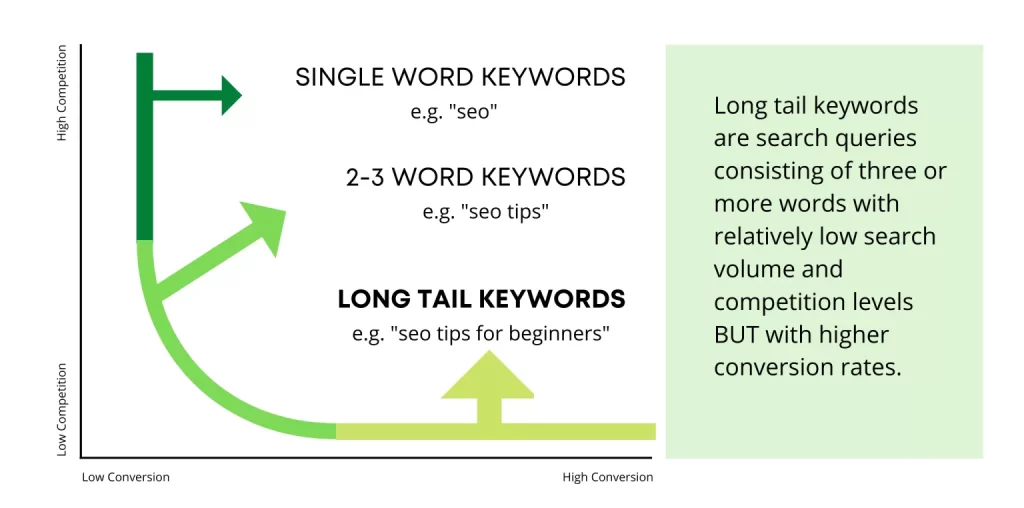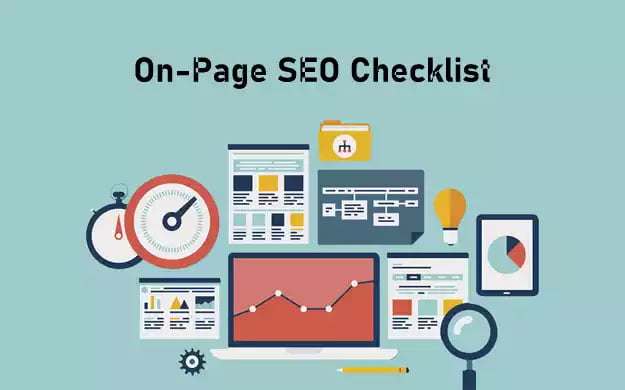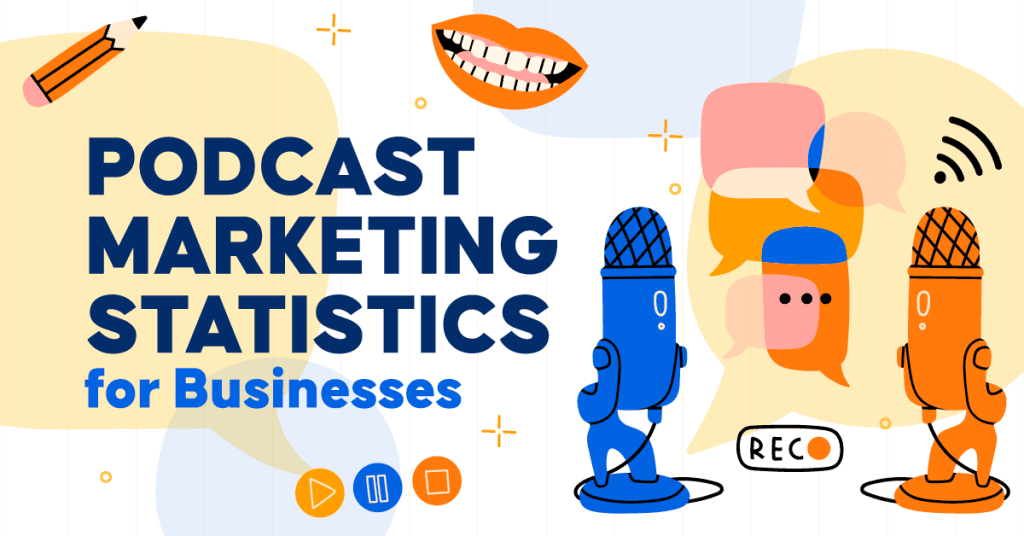In the vast expanse of the digital realm, search engine optimization (SEO) is akin to a treasure hunt. At its core lies the art of targeting keywords – a skill that can unravel a trove of organic traffic and propel your content to higher rankings on search engine result pages. As algorithms evolve and competition intensifies, mastering the art of keyword targeting has become paramount. Embark on a journey of discovery as we delve into the depths of keyword targeting within SEO articles. This comprehensive step-by-step guide unveils the secrets that empower your content to shine in the digital landscape. Whether you’re a novice wordsmith or a seasoned marketer, this guide arms you with indispensable tools and strategies to optimize your content for maximum visibility. From the intricacies of keyword research to seamlessly integrating long-tail keywords into your articles, we leave no stone unturned. Brace yourself for insider insights on crafting engaging and conversion-oriented content – a harmony that both search engines and readers adore. Prepare to amplify your organic traffic, ascend the rankings, and unlock your SEO articles’ latent potential. As we embark on this thrilling journey, the enigma of successful keyword targeting shall unravel before you.
The Importance of Keyword Targeting in SEO Articles
Keywords are the foundation upon which the edifice of SEO is built. Targeting the right keywords is akin to strategically placing signposts on the digital highway – guiding searchers directly to your content. These keywords dictate how search engines perceive your content and determine its relevance to user queries. Effective keyword targeting not only enhances your visibility but also bolsters your chances of appearing on the coveted first page of search results. Each keyword is a bridge connecting your content to its intended audience. As such, mastering the nuances of keyword targeting is a non-negotiable skill for any content creator or marketer.
Keyword research forms the cornerstone of successful SEO campaigns. It involves delving into the minds of your target audience to unearth the words and phrases they use when searching for information. This process is more than mere guesswork – it’s a data-driven exploration of user intent. Unearthing the right keywords involves a judicious blend of creativity and analytical prowess. That why companies hires SEO consultants to do this job, dive more into this subject and find out why company needs an SEO consultant.
Tools for Keyword Research

In the dynamic world of search engine optimization (SEO), keyword research stands as the cornerstone of success. Unearthing the right keywords can be likened to discovering a hidden treasure trove of potential traffic and engagement. To embark on this journey armed with precision and insight, an array of tools has emerged to guide your way. In this exploration, we delve into the realm of tools for keyword research, helping you navigate the SEO landscape with confidence and finesse.
1. Google Keyword Planner: Your Trusty Navigator
At the heart of keyword research lies Google Keyword Planner – a powerful tool that originates from the very source of search – Google itself. This tool provides insights into keyword search volume, competition, and suggests related keywords based on user queries. It’s an indispensable starting point, especially for those new to the world of SEO. Whether you’re crafting an SEO article, planning a pay-per-click (PPC) campaign, or seeking keyword ideas, Google Keyword Planner is your trusty navigator.
2. SEMrush: Unleashing Comprehensive Insights
SEMrush is a versatile SEO suite that transcends traditional keyword research. Beyond providing keyword suggestions and search volume, it delves into the competitive landscape, offering insights into competitors’ top keywords, organic and paid traffic, and even backlink data. SEMrush’s robust toolkit extends to domain analytics, traffic trends, and content optimization recommendations. It’s an excellent choice for those looking to gain a comprehensive understanding of their niche and competitors.
3. Ahrefs: The Backlink Champion
While Ahrefs is renowned for its backlink analysis capabilities, it also shines as a keyword research tool. Its Keywords Explorer offers insights into search volume, keyword difficulty, and click-through rates (CTR). What sets Ahrefs apart is its “Parent Topic” feature, which helps you identify subtopics and related keywords within a broader theme. This empowers you to craft content that covers a spectrum of user intent, enhancing your chances of ranking for multiple keywords.
4. Moz’s Keyword Explorer: Insights from a Trusted Source
Moz’s Keyword Explorer is another gem in the realm of keyword research. It provides insights into search volume, difficulty, and potential organic CTR. What sets it apart is the inclusion of “Priority” and “Opportunity” metrics, helping you identify keywords that deserve special attention. Additionally, Moz’s trusted domain authority metric aids in gauging the credibility of potential keywords.
5. Ubersuggest: A User-Friendly Companion
Ubersuggest, developed by Neil Patel, offers a user-friendly interface for keyword research. It presents keyword ideas, search volume, and even suggests content ideas based on popular search queries. Ubersuggest also displays historical data, revealing how a keyword’s search volume has evolved over time. This insight is invaluable in identifying trends and seasonal fluctuations.
6. KeywordTool.io: Diverse Keyword Sources
KeywordTool.io taps into a variety of sources, including Google Autocomplete, Bing Autocomplete, YouTube Autocomplete, and more. This diversity offers insights into keyword variations and ideas that might not appear in traditional keyword research tools. It’s particularly useful for exploring long-tail keywords and unique search queries.
7. Google Trends: Tracking Keyword Popularity
While not a traditional keyword research tool, Google Trends offers insights into the popularity of specific keywords over time. It helps you identify trends, seasonal variations, and the geographic distribution of keyword interest. This data can guide your content strategy, enabling you to create timely and relevant articles that resonate with your audience.
In the ever-evolving landscape of SEO, these tools stand as beacons, guiding you through the labyrinth of keyword research. They equip you with data-driven insights, allowing you to make informed decisions and craft content that resonates with your target audience. As you embark on your keyword research journey, remember that these tools are not just instruments – they’re your companions in the pursuit of SEO excellence.
Choosing the Right Keywords for Your Article
Selecting keywords is an art that balances search volume, competition, and relevance. It’s about finding the sweet spot where your content aligns with user intent while also distinguishing itself from the competition. Long-tail keywords – longer and more specific phrases – often present a golden opportunity. They cater to users seeking specific information and tend to have lower competition, granting you a better chance to stand out.
Incorporating Keywords into Your Article
Once the keywords are in your arsenal, it’s time to seamlessly weave them into your content. Gone are the days of “keyword stuffing,” where keywords were crammed in unnaturally. Instead, focus on natural integration. Place keywords strategically in your title, headings, and throughout the body of your article. The goal is readability – both for your human audience and search engine bots.
On-Page Optimization Techniques for Keyword Targeting

In the intricate world of search engine optimization (SEO), on-page optimization emerges as a critical component for ensuring your content gets the attention it deserves. While keyword research lays the foundation, on-page optimization is the craftsmanship that transforms your content into an SEO masterpiece. It’s the art of strategically integrating keywords to enhance your content’s visibility, reader engagement, and search engine ranking. In this guide, we unveil a toolkit of on-page optimization techniques that will empower your content to shine in the digital landscape.
1. Craft an Irresistible Title Tag
The title tag is your content’s first impression on both search engines and users. Incorporate your primary keyword naturally within the title tag to signal relevance to search engines. Aim for a concise and compelling title that entices users to click through. Avoid keyword stuffing – the title should make sense and cater to user intent.
2. Optimize Your Meta Description
The meta description serves as a preview of your content beneath the search result. While it doesn’t directly impact rankings, a well-crafted meta description can significantly improve click-through rates. Integrate relevant keywords naturally while crafting a succinct and engaging description that compels users to explore your content further.
3. Strategic Header Tags (H1, H2, H3)
Header tags structure your content, making it more reader-friendly and helping search engines comprehend the hierarchy of your information. The H1 tag typically houses your main title and should contain your primary keyword. Subsequent headers (H2, H3, etc.) organize your content into sections, allowing readers and search engines to navigate with ease.
4. Integrate Keywords Organically
The days of keyword stuffing are long gone. Instead, focus on integrating your keywords seamlessly and naturally throughout your content. Your primary keyword should appear in the introduction, preferably within the first few sentences. Scatter related keywords and variations throughout the article to provide context and depth.
5. Optimize Images with Alt Text
Images contribute to a visually appealing and engaging user experience. However, search engines can’t “see” images; they rely on alt text to understand the content of an image. Incorporate descriptive alt text that includes relevant keywords, providing both accessibility and SEO benefits.
6. Leverage Internal and External Links
Internal links connect your content to other pages within your website, enhancing navigation and encouraging users to explore more. Strategically use anchor text to include keywords, guiding users and search engines to related content. External links to authoritative sources enhance the credibility of your content while signaling your commitment to providing valuable information.
7. Prioritize Mobile-Friendly Design
In the mobile-first era, a responsive design is non-negotiable. Ensure your content displays seamlessly on various devices, from desktops to smartphones and tablets. Google prioritizes mobile-friendly sites, and a poor mobile experience can negatively impact your rankings.
8. Enhance Page Loading Speed
Page loading speed affects user experience and search engine rankings. Optimize images, minimize code, and use browser caching to expedite your page’s loading time. Google’s PageSpeed Insights can provide insights into areas for improvement.
9. Implement Structured Data Markup
Structured data markup enhances your content’s visibility in search results by providing additional context to search engines. It enables rich snippets, knowledge panels, and other enhanced search result features that can increase click-through rates and user engagement
On-page SEO checklist or on page SEO optimization is the bridge that connects your meticulously researched keywords to an audience hungry for information. By skillfully weaving keywords into a tapestry of informative and engaging content, you create a harmonious symphony that resonates with both search engines and readers. Approach on-page optimization as an art form, guided by creativity and a deep understanding of user intent. As you master these techniques, your content will ascend the ranks of search engine results, firmly establishing itself as a valuable resource in the digital realm.
The Impact of Long-Tail Keywords on SEO

In the realm of search engine optimization (SEO), keywords are the building blocks that connect users to the information they seek. While broad keywords have their place, long-tail keywords possess a unique and potent magic that can transform your SEO strategy. Long-tail keywords are longer and more specific phrases that cater to users’ specific queries and intent. In this brief exploration, we’ll uncover the impact of long-tail keywords on SEO with illustrative examples.
1. Enhanced Relevance and User Intent
Consider a broad keyword like “shoes.” While it may attract a significant search volume, it lacks specificity. Now, imagine a user searching for “comfortable running shoes for flat feet.” This long-tail keyword precisely reflects the user’s intent and requirements. By incorporating long-tail keywords that align with user queries, you enhance the relevance of your content, delivering exactly what users are looking for.
2. Lower Competition, Higher Conversion
Long-tail keywords often have lower search volumes compared to broad keywords. However, this is a hidden advantage. With lower search volumes, there’s generally less competition, making it easier to rank higher in search results. Additionally, users searching with long-tail keywords are closer to the end of their buying journey. For instance, someone searching for “best noise-canceling headphones under $100” is likely ready to make a purchase. By targeting these specific queries, you’re positioning your content to attract users primed for conversion.
3. Niche Domination and Authority Building
Long-tail keywords allow you to carve a niche for yourself in a specific topic area. Let’s say you have a gardening blog. Instead of competing for the keyword “gardening tips,” you might target “organic vegetable gardening tips for beginners.” By consistently producing content that addresses long-tail keywords, you establish yourself as an authority in that niche. This approach not only boosts your rankings but also fosters a loyal audience seeking specialized information.
4. Voice Search and Natural Language Queries
The rise of voice search has shifted search patterns. Users now speak search queries conversationally. Long-tail keywords mimic the way people speak, making your content more compatible with voice searches. For instance, someone might type “pasta recipe” but say, “Hey, Google, what’s an easy pasta recipe using tomatoes and basil?” By incorporating long-tail keywords, you tap into the world of voice search, where user intent is often expressed in longer, natural language queries.
5. Evergreen Content and Long-Term Traffic
Long-tail keywords often address specific problems, queries, or needs that remain relevant over time. Creating content around long-tail keywords allows you to craft evergreen articles that continue to attract traffic long after publication. For instance, an article titled “How to potty train a Labrador puppy” addresses a perennial concern for dog owners, ensuring consistent traffic and engagement.
Common Mistakes to Avoid When Targeting Keywords

In the world of SEO, effective keyword targeting is a cornerstone of success. However, certain missteps can hinder your efforts. Let’s explore common mistakes and examples to avoid:
Keyword Stuffing:
Mistake: Overloading content with keywords, making it unnatural.
Example: “Looking for cheap shoes? Our cheap shoes are the best cheap shoes available.”
Neglecting User Intent:
Mistake: Ignoring what users actually seek from your content.
Example: Using “best running shoes” as a keyword for an article about shoe care tips.
Skipping Keyword Research:
Mistake: Not using research tools to identify relevant keywords.
Example: Targeting “fitness gear” without realizing “fitness equipment” has higher search volume.
Overlooking Long-Tail Keywords:
Mistake: Focusing solely on broad keywords, missing specific queries.
Example: Ignoring “best noise-canceling headphones for travel” in favor of “headphones.”
Not Adapting Strategies:
Mistake: Not adjusting tactics as SEO trends evolve.
Example: Continuing to target outdated keywords with declining search volume.
Neglecting Mobile Optimization:
Mistake: Ignoring mobile users’ experience and compatibility.
Example: A non-responsive website that’s hard to navigate on smartphones.
Quality Over Quantity:
Mistake: Prioritizing keyword quantity without valuable content.
Example: Publishing multiple keyword-stuffed articles that lack depth.
Ignoring Audience for Engines:
Mistake: Creating content solely for SEO without considering readers.
Example: Using awkward phrasing to fit keywords at the expense of readability.
In essence, avoiding these pitfalls empowers your keyword targeting strategy, creating content that resonates with users and search engines alike.
For more help in keyword’s link build do get help from how no follow links can increase web authority.
Conclusion and Key Takeaways
As our expedition through the labyrinth of keyword targeting in SEO articles draws to a close, it’s essential to embrace a few key takeaways. Keyword targeting is a blend of creativity and strategy, where research and intuition converge. It’s about understanding your audience, grasping their intent, and presenting your content as the solution they seek. Successful keyword targeting bridges the gap between your content and its rightful audience. So, embark on your SEO journey armed with meticulous research, a penchant for quality, and a profound understanding of the art of keyword targeting. The digital landscape awaits your triumphant arrival, armed with the secret keys to unlocking unparalleled visibility and engagement.




Thanks to my father who stated to me regarding this webpage, this website is really awesome.
An interesting discussion is definitely worth comment.
I do think that you need to publish more on this
topic, it may not be a taboo subject but typically people do not speak about these topics.
To the next! Kind regards!!
Thank you for your comment and encouragement! I’m glad you found the discussion interesting. You’re absolutely right; some topics can be overlooked, but they’re important to explore. Your feedback motivates me to delve deeper into this topic in future posts. I appreciate your support and look forward to continuing the discussion. Kind regards!
This article offers clear idea in favor of the new users of blogging,
that actually how to do running a blog.
Have you ever thought about including a little bit more than just
your articles? I mean, what you say is important and all.
But imagine if you added some great pictures or videos to give your posts more, “pop”!
Your content is excellent but with images and videos, this
blog could undeniably be one of the best in its niche. Excellent blog!
Thank you for your feedback! I really appreciate your suggestion. Incorporating visuals like pictures and videos is definitely something I’ve been considering, and your comment encourages me to prioritize that. I’ll work on enhancing the visual appeal of the blog to make it even more engaging for readers like you. Thanks again for your support!
Pretty section of content. I simply stumbled upon your site and in accession capital
to say that I get actually loved account your blog posts.
Anyway I’ll be subscribing on your augment or even I success you
get admission to persistently quickly.
Thank you so much for your kind words! I’m glad you found the post helpful. It means a lot to me to know that I could provide some assistance. If you ever have any more questions or need further help, feel free to reach out. Have a great day!